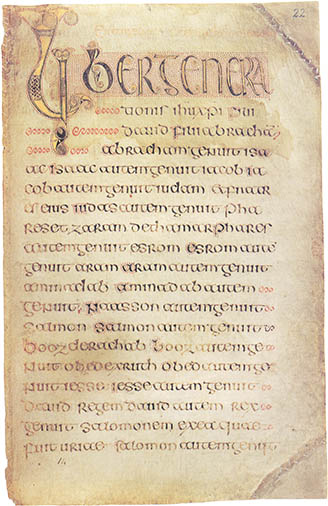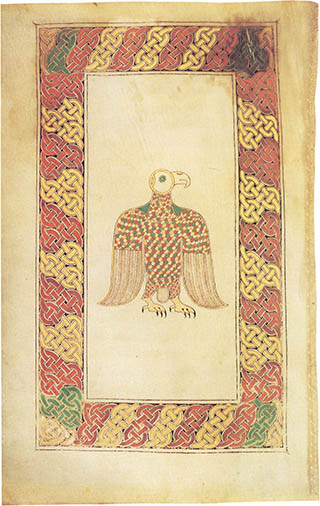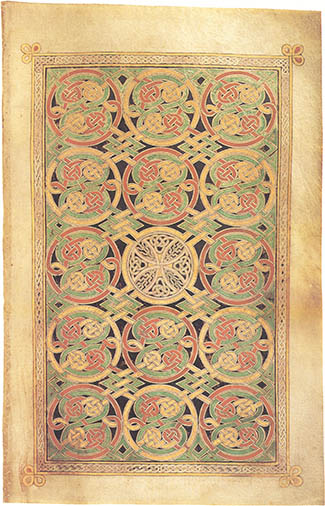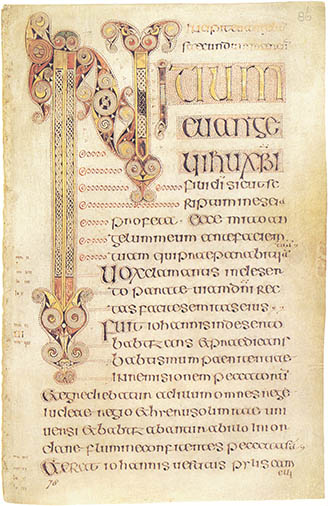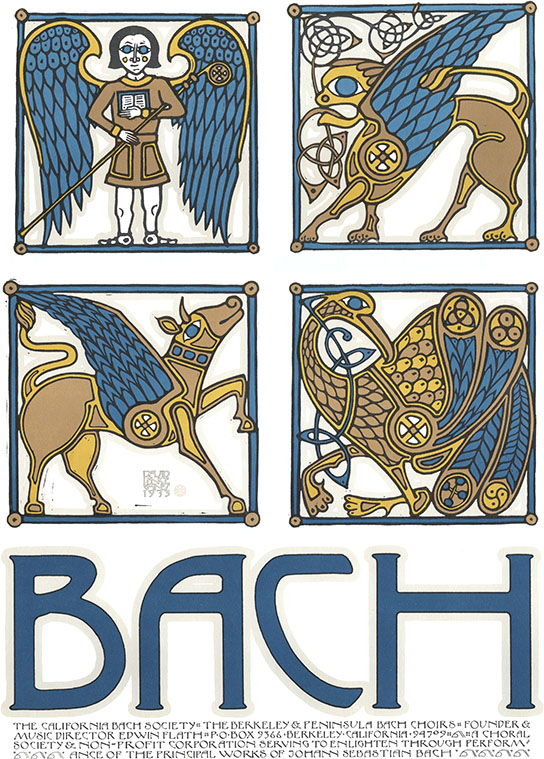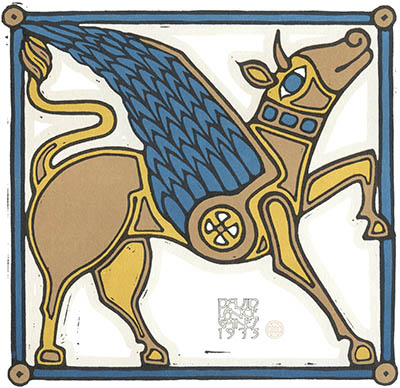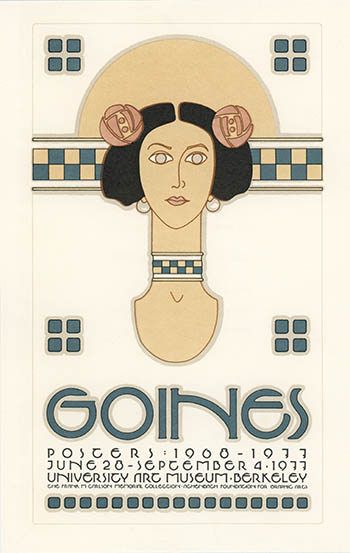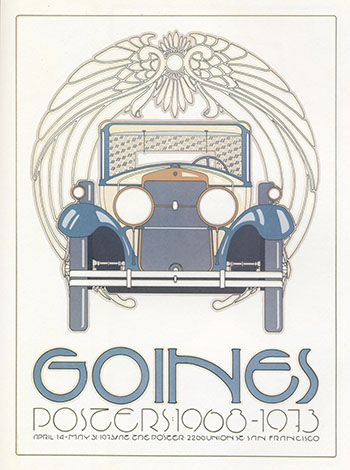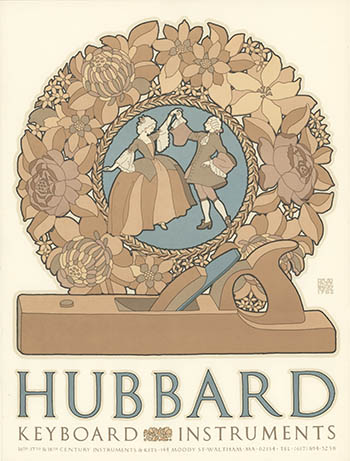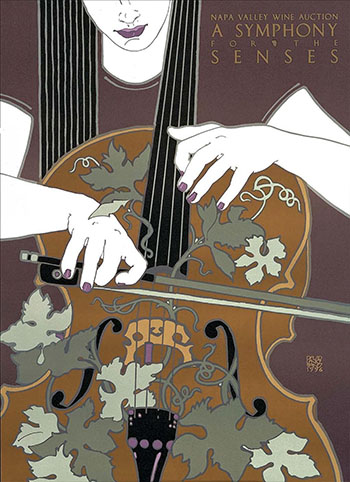 |
| for Yale University experts/jurists/alumns: Juan de Hevia Bolaños WAS the author of this relevant treatise for US :: no questions about this |
Curia filipica by the Asturian Juan de Hevia Bolaños was for over two centuries the essential handbook for legal procedure in Spain and in its New World colonies. Since its first printing in Lima, Peru, in 1603, the Curia filipica (and) enjoyed an extraordinary success, appearing in 40 different editions, until its final publication in Paris, 1864.
Editions of the Curia filipica
were present in virtually any collection of law books in Spain’s
colonies. It was owned and consulted not only by lawyers and judges, but
also by a wide range of local officials with legal responsibilities,
including city officials, garrison commanders, priests, and merchants.
It was one of the first law books present in modern-day Texas, listed in
the 1800 will of a military chaplain in San Antonio, then a Spanish
frontier outpost. It is cited in over a dozen early cases in Louisiana,
Texas, and the U.S. Supreme Court, as an authoritative source on Spanish
procedure.
The “second
part” is another work by Hevia Bolaños that was originally published
separately, Labyrintho de comercio terrestre y naval, which was
for decades the only available work in print on Spanish commercial law.
Begining in 1644 it was published as the second part of the Curia filipica.
Juan de Hevia Bolaños was born in Oviedo, Spain around 1570, and came
to the New World in 1594, spending several years working as court official in Quito before moving to Lima.
The Curia filipica - a Spaniard text- is an indispensible source for study of the early legal history of the U.S.
 |
| Contents and printing license for part 1 of Juan de Hevia Bolaños, Curia filipica, primera y segunda parte (Madrid, 1700). |


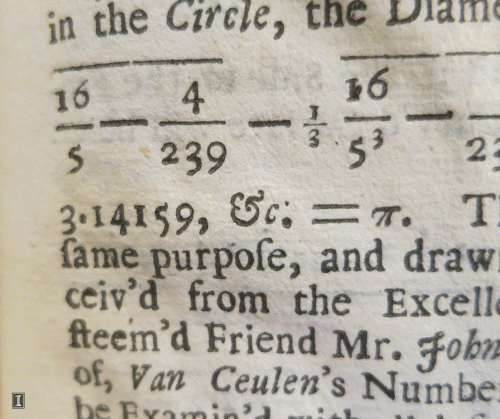
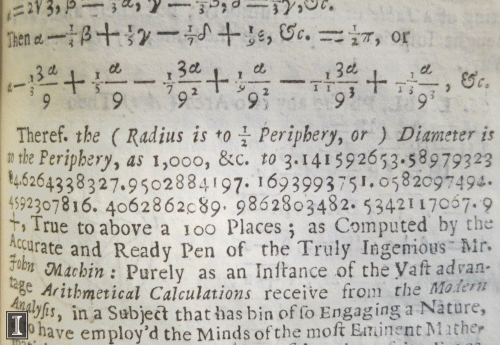
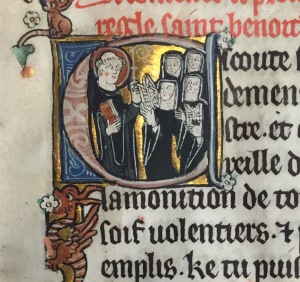
 Henry David Thoreau’s
Henry David Thoreau’s 
 Chromolithograph map,
Chromolithograph map,  Photograph by Berenice Abbott,
Photograph by Berenice Abbott, 




